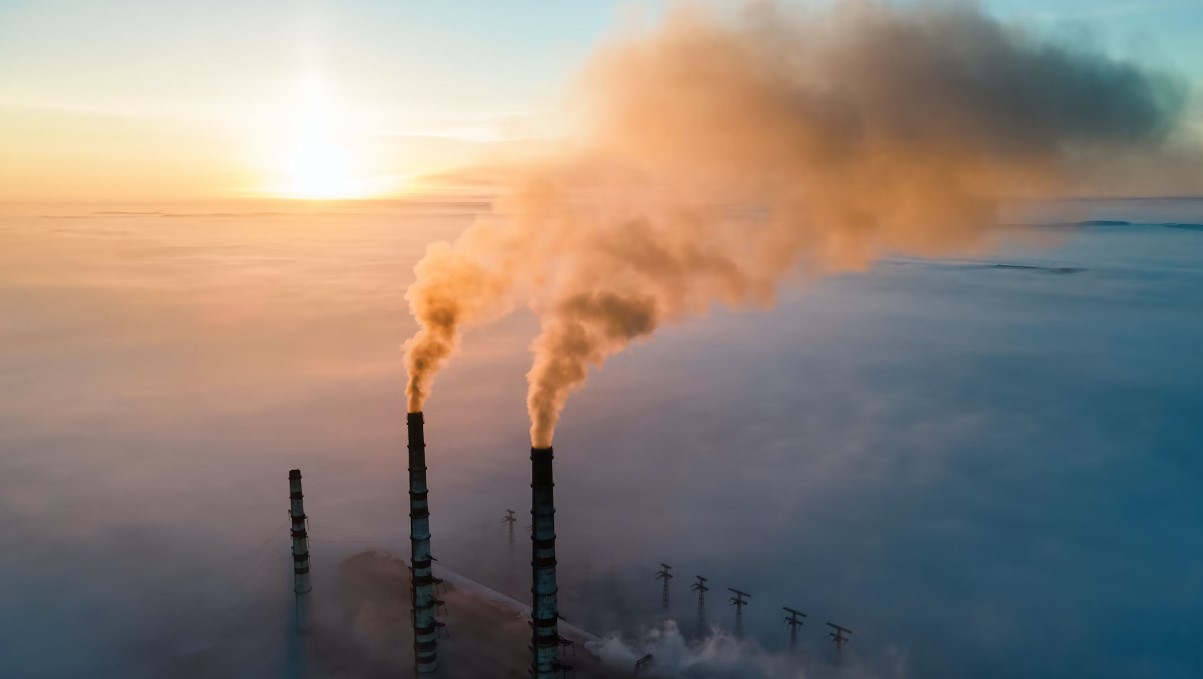The information struck a responsive chord in the hearts of you, Show the most creative, highest quality and good inspiration sharing.

2023-09-14
Global CO2 emissions rose less than initially feared in 2022
Global energy-related carbon dioxide (CO2) emissions rose by under one per cent in 2022 as the growth of solar, wind, electric vehicles, heat pumps and energy efficiency helped limit the impacts of increased use of coal and oil amid the global energy crisis, according to a new analysis by the International Energy Agency released March 2, 2023.
The rise in emissions last year was far smaller than the exceptional jump of over six per cent in 2021, according to an IEA statement.
However, the IEA report, titled CO2 Emissions in 2022, called for stronger actions to accelerate the clean energy transition and move the world onto a path towards meeting its energy and climate goals.
The report is the first in a new series, the Global Energy Transitions Stocktake, which will bring together the IEA’s latest analysis in one place, making it freely accessible in support of the first Global Stocktake in the lead-up to the COP28 Climate Change Conference in November.
Global energy-related CO2 emissions grew in 2022 by 0.9 per cent, or 321 million tonnes, reaching a new high of more than 36.8 billion tonnes, according to the report.
The rise in emissions was significantly slower than global economic growth of 3.2 per cent, signalling a return to a decade-long trend that was interrupted in 2021 by the rapid and emissions-intensive economic rebound from the Covid crisis.
Extreme weather events including droughts and heatwaves, as well as an unusually large number of nuclear power plants being offline, contributed to the rise in emissions. But an additional 550 million tonnes of emissions were avoided by increased deployment of clean energy technologies.
CO2 emissions from coal grew by 1.6 per cent as the global energy crisis continued to spur a wave of gas-to-coal switching in Asia and to a lesser degree in Europe.
While the increase in coal emissions was only around one-quarter of 2021’s rise, it still far exceeded the last decade’s average growth rate.
The increase in emissions from coal more than offset the 1.6 per cent decline in emissions from natural gas as supply continued to tighten following Russia’s invasion of Ukraine and as European businesses and citizens responded with efforts to cut their gas use.
CO2 emissions from oil grew even more than those from coal, increasing by 2.5 per cent but still remaining below pre-pandemic levels. Around half of the year-on-year increase in oil’s emissions came from aviation as air travel continued to rebound from pandemic lows.
China’s emissions were broadly flat in 2022 as strict Covid-19 measures and declining construction activity led to weaker economic growth and reductions in industrial and transport emissions.
The European Union’s emissions fell by 2.5 per cent, thanks to record deployment of renewables helping ensure the use of coal was not as high as some observers had anticipated. A mild start to the European winter and energy savings measures in response to Russia’s invasion of Ukraine also contributed.
In the United States, emissions grew by 0.8 per cent as buildings increased their energy consumption to cope with extreme temperatures. Excluding China, emissions from Asia’s emerging and developing economies increased by 4.2 per cent, reflecting their rapid economic and energy demand growth.
The global CO2 emissions numbers in the report are based on the IEA’s detailed region-by-region and fuel-by-fuel analysis, drawing on the latest official national data and publicly available energy, economic and weather data.
The report covers CO2 emissions from all energy combustion and industrial processes — and also includes information on methane and nitrous oxide emissions, providing complete picture of energy-related greenhouse gas emissions in 2022.
#CO2emissions #globalenergycrisis #cleanenergy #IEA
Source from:
Down To Earth


